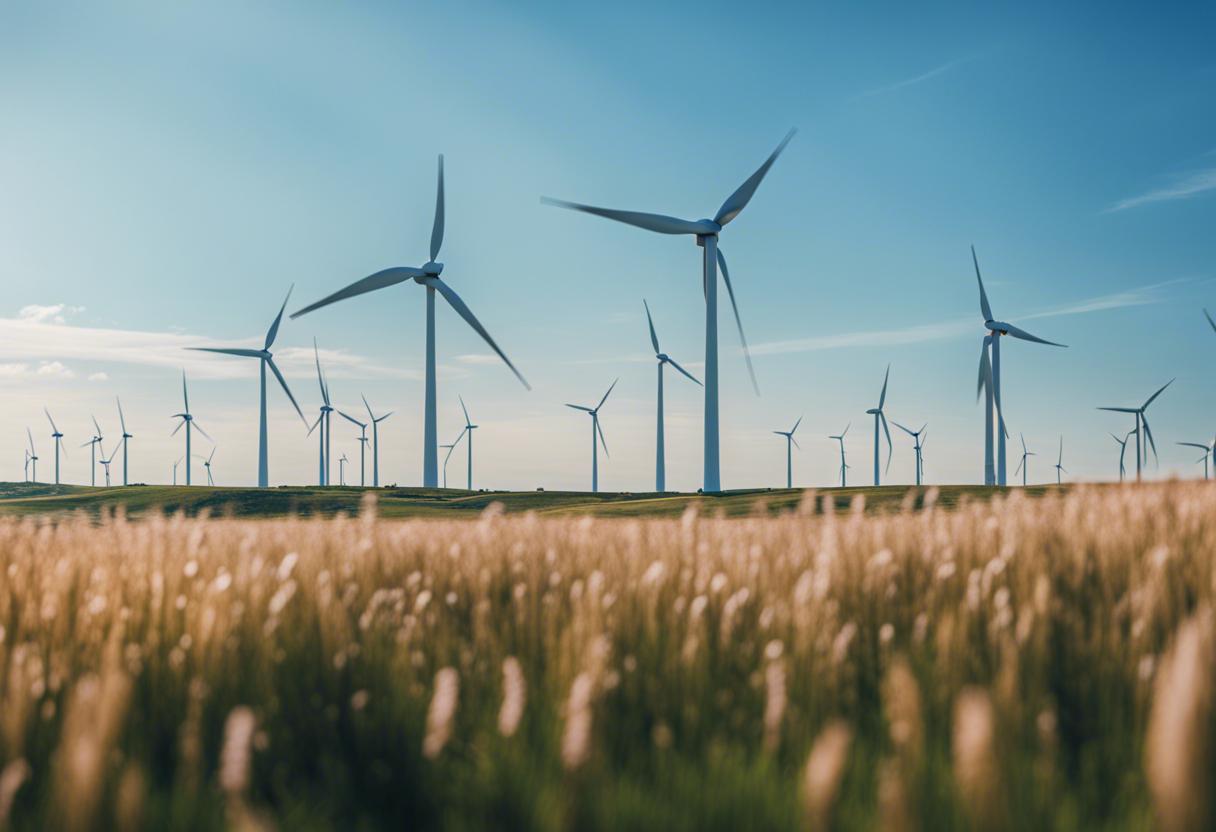Are there others on the Emerald Isle who, like me, take delight in the sight of wind turbines? Though they may not embody the sublime beauty of places like Glendalough, I believe there is a charm in these machines. Understanding their functionality makes them all the more admirable; these spinning blades capture wind energy, converting kinetic energy into electrical power. My fondness for them stems from comprehending our primary energy resources, the intricate political-economic interplay surrounding fossil fuels, their harmful repercussions on wildlife, human health, and our atmosphere.
While burning gas, oil, or coal to generate electricity usually goes unnoticed, and the aftermath of extraction, mining, spills, refining, leaks, and the resultant air and water pollution from crude oil is effectively hidden when it arrives neatly transformed into petrol, diesel, and kerosene for vehicles and heating systems. It’s essential to acknowledge the disproportionate inefficiency associated with fossil fuels. Author Kate Ervine, in her book “Carbon”, highlights that solar and wind energy are usable instantly. In contrast, fossil fuels, referred to as the “buried sunshine”, took hundreds of millions of years to form underground and once consumed, they vanish.
On the other hand, renewable energy, replenished or replaced naturally, closely aligns with our lifespan and can be effectively utilised if we adjust our energy consumption to suit available resources. Under such a scenario, our energy production must be openly visible. Wind turbines, solar panels, and power grid infrastructure will need to be subtly weaved into our physical and cognitive landscapes in abundance.
Protests against offshore wind farms across Ireland are increasing. There are calls for a ban on turbines within 12 nautical miles, effectively preventing fixed-bottom turbines, currently the most suitable for Irish waters. Concerns over the impact of offshore wind turbines on the marine environment are legitimate, but several objectors assert that these turbines will cause significant visual disturbance. For instance, the South East Coastal Protection Alliance warns that offshore wind farms could “ruin the untouched and natural seascape of Ireland’s east coast with potential mental health implications.”
It may seem intuitive that the planning process would be the most effective tool for resolving environmental conflicts. Yet, as noted by Geraint Ellis and his fellow planning experts in 2010, the construction of wind farms is not only a subject of empirical disagreement, but a matter deeply tied to an individual’s values, worldviews, and comprehension of local-global environmental connections. If one perceives offshore wind as the industrial encroachment upon pristine marine environments, arguments detailing environmental effectiveness would likely fall on deaf ears. Moreover, planning requirement components such as analysis and visual impact assessments may not alleviate the concerns of many, as obstructions often hinge upon the preservation of landscape identity— interweaving community, cultural identity, and strong convictions about the natural order of a given location.
However, it seems we’ve neglected the chance to delve into our collective interpretations of our landscapes and seascapes, and to conceptualize renewable energy as harmonious with their unique contexts. Philosopher Yuriko Saito posits that addressing the climate and ecological crisis necessitates a surge in ecological awareness and dedication among the citizenry towards enhancing their surroundings. This can be reflected in the works of landscape artists like Christo and Jeanne-Claude, who successfully introduced new, yet unobtrusive elements into landscapes with their 1970s’ Running Fence project. Saito further posits, appreciation for wind energy isn’t merely confined to its non-polluting or harmless nature compared to fossil fuels but extends to the beauty of how it harnesses and maximizes the bounties of wind and open space; an inherent gift from nature we see operating in the turning of the blades.
For coastal communities, the prospect of surrendering clean, untouched sea views is a considerable appeal. Yet, considering the substantial endeavour of replacing the fossil fuel system with renewable energy and the associated complex compromises, it’s crucial to remember the stakes. The reality of climate breakdown is generally accepted. However, truly understanding its full ramifications, to the point where it shifts our fundamental values and priorities, is a completely different ball game. The clock is ticking and our options are dwindling.
The text was developed by Sadhbh O’Neill, an independent researcher specializing in climate changes and environmental matters.

